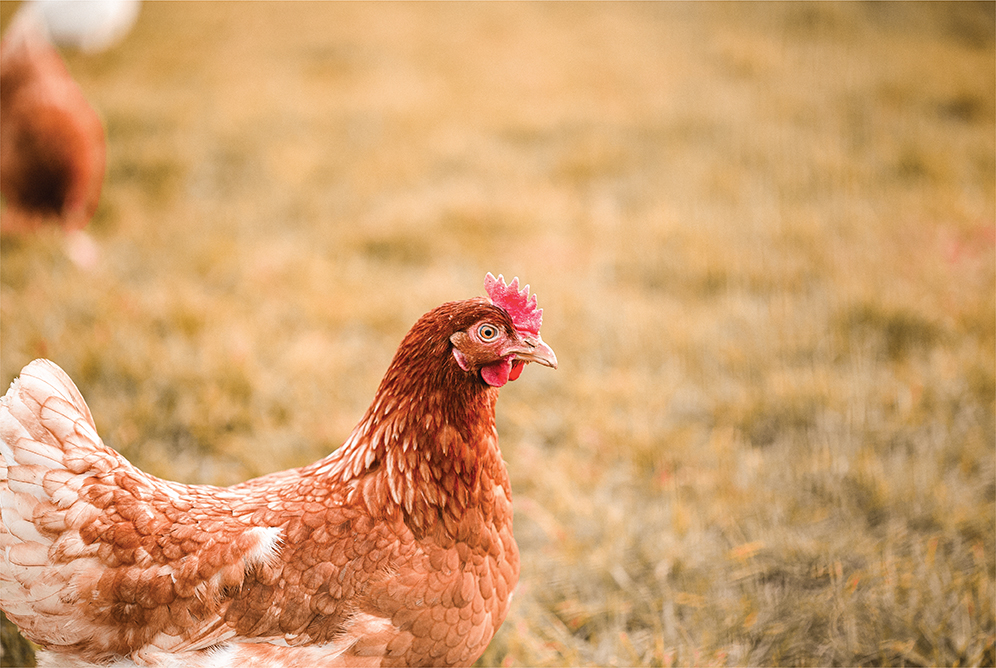Have you ever seen your pets at home showing symptoms all day long? Such as red rashes on the skin, being uncomfortable, licking their paws excessively? Or sometimes they may have gastrointestinal symptoms like diarrhea or vomiting. These symptoms could indicate food allergies.
Symptoms of food allergies in dogs and cats often manifest on the skin, as mentioned earlier. Therefore, there must be a way to differentiate and diagnose to understand the cause of their skin symptoms.
In the process of ruling out other causes that may lead to skin issues, such as external parasites, fungal infections, yeast, or bacteria, pet owners can take their pets to a veterinarian for a skin examination. It’s also advisable to use products to protect against external parasites regularly.
A food trial is one of the methods used to diagnose food allergies, and there are several ways to conduct it. For example, providing hydrolyzed protein, which is small protein molecules that are less likely to cause allergic reactions, or selecting new protein sources and limiting the types of proteins in the pet’s diet strictly.
Therefore, Felina Canino Single Protein is one of the food options that can be used for food trials. Because Felina Canino Single Protein contains ingredients from a single protein source, reducing the risk of exposure to multiple proteins from food, some of which may cause allergic reactions. It also comes with natural ingredients full of nutrients such as Omega-3 DHA, vitamins, and minerals, which help strengthen the skin barrier and make the pet’s skin healthier.
Felina Canino Single Protein offers various food options to minimize the risk of allergies if pets are sensitive to certain allergens.
– Wild-caught protein: Natural protein sources that help reduce the risk of contamination with synthetic substances, including antibiotics, and synthetic colors that may be mixed into food to enhance color.
– No antibiotics ever protein (NAE): Protein sources raised without the use of antibiotics, reducing the risk for pets sensitive to antibiotics.
– Grass-fed protein: Protein sources produced from animals fed primarily on grass, which may help reduce the risk for pets allergic to grains, the common food source for animals in the general production process.
However, the diagnosis of food allergies should be directly assessed by a veterinarian because food trials should be conducted under the supervision of a veterinarian. Additionally, the symptoms of food allergies are similar to other skin abnormalities, such as saliva allergies, skin infections, or even atopic dermatitis. Therefore, a veterinarian should evaluate and treat each potential cause accordingly.


